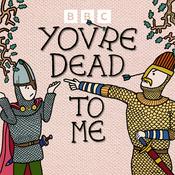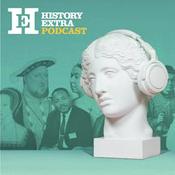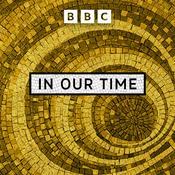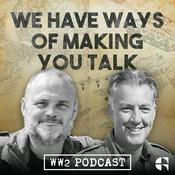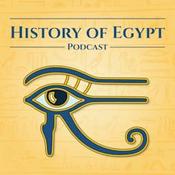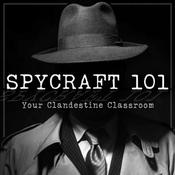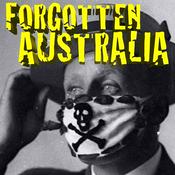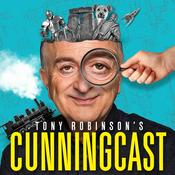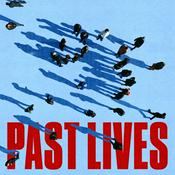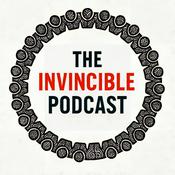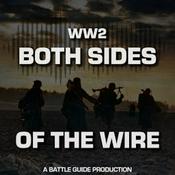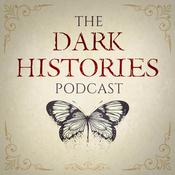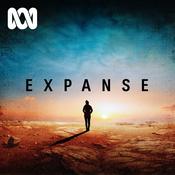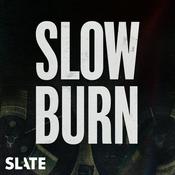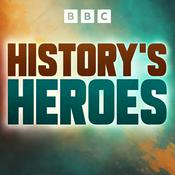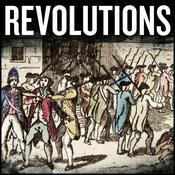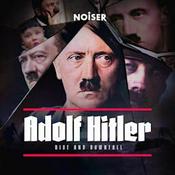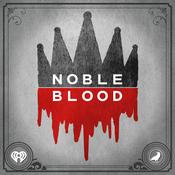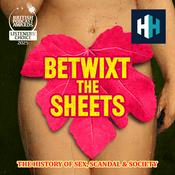72 episodes

"On Auschwitz" (67): The SS Hygiene Institute
11/12/2025 | 34 mins.
The Waffen-SS and Police Hygiene Institute at Auschwitz was established in the autumn of 1942. Its tasks included conducting hygienic and bacteriological tests for SS units, the German army, the police, and concentration camps, including the entire Auschwitz camp complex. Teresa Wontor-Cichy from the Auschwitz Museum Research Centre talks about the activities of the institute, which used camp prisoners both for labour and as research subjects.=====Voiceover: Sarah Edwards, Therese McLaughlin

"On Auschwitz" (66): Ideological Training of the SS Garrison of the Camp
15/11/2025 | 50 mins.
What did ideological training for SS personnel at the Auschwitz camp look like, and how did the ideology of national socialism influence the functioning of this SS formation? These questions are addressed in the podcast by Dr. Agnieszka Kita, Deputy Head of the Auschwitz Museum Archives. ====Voiceovers: Therese McLaughlin and Kate Weinrieb

"On Auschwitz" (65): The trial of Rudolf Höss and other SS garrison members of Auschwitz
13/10/2025 | 33 mins.
Some 8,200 SS men and 200 women overseers served in the camp garrison of the German Nazi camp Auschwitz between 1940 and 1945. How were the perpetrators from Auschwitz, including the first commandant, Rudolf Höss, and other garrison members, held accountable? Dr. Wojciech Płosa, head of the Archives of the Memorial, explains.=====Voiceovers: Greg Littlefield, Mike Skagerlind

"On Auschwitz" (64): Block no. 11 in KL Auschwitz
08/9/2025 | 38 mins.
Block 11 at Auschwitz I was isolated from the rest of the camp. It served as a prison, an execution site, and the quarters of the penal company. Dr. Adam Cyra from the Auschwitz Museum Research Centre talks about the unique history of the so-called Block of Death.=====Voiceovers: Toon Dressen and Grey Stanford.

"On Auschwitz" (63): Punishments in KL Auschwitz
04/8/2025 | 46 mins.
At Auschwitz a system of punishments was in place for prisoners who broke camp regulations. In addition to official penalties, SS garrison members and functionary prisoners also imposed so-called unofficial punishments. Dr. Piotr Setkiewicz, head of the Research Center at the Auschwitz Museum, explains the types of punishments and the offenses for which men and women prisoners could be punished.=====Voiceover: Tom Vamos, Mike Skagerlind
More History podcasts
Trending History podcasts
About On Auschwitz
Listen to On Auschwitz, Short History Of... and many other podcasts from around the world with the radio.net app

Get the free radio.net app
- Stations and podcasts to bookmark
- Stream via Wi-Fi or Bluetooth
- Supports Carplay & Android Auto
- Many other app features
Get the free radio.net app
- Stations and podcasts to bookmark
- Stream via Wi-Fi or Bluetooth
- Supports Carplay & Android Auto
- Many other app features


On Auschwitz
download the app,
start listening.


